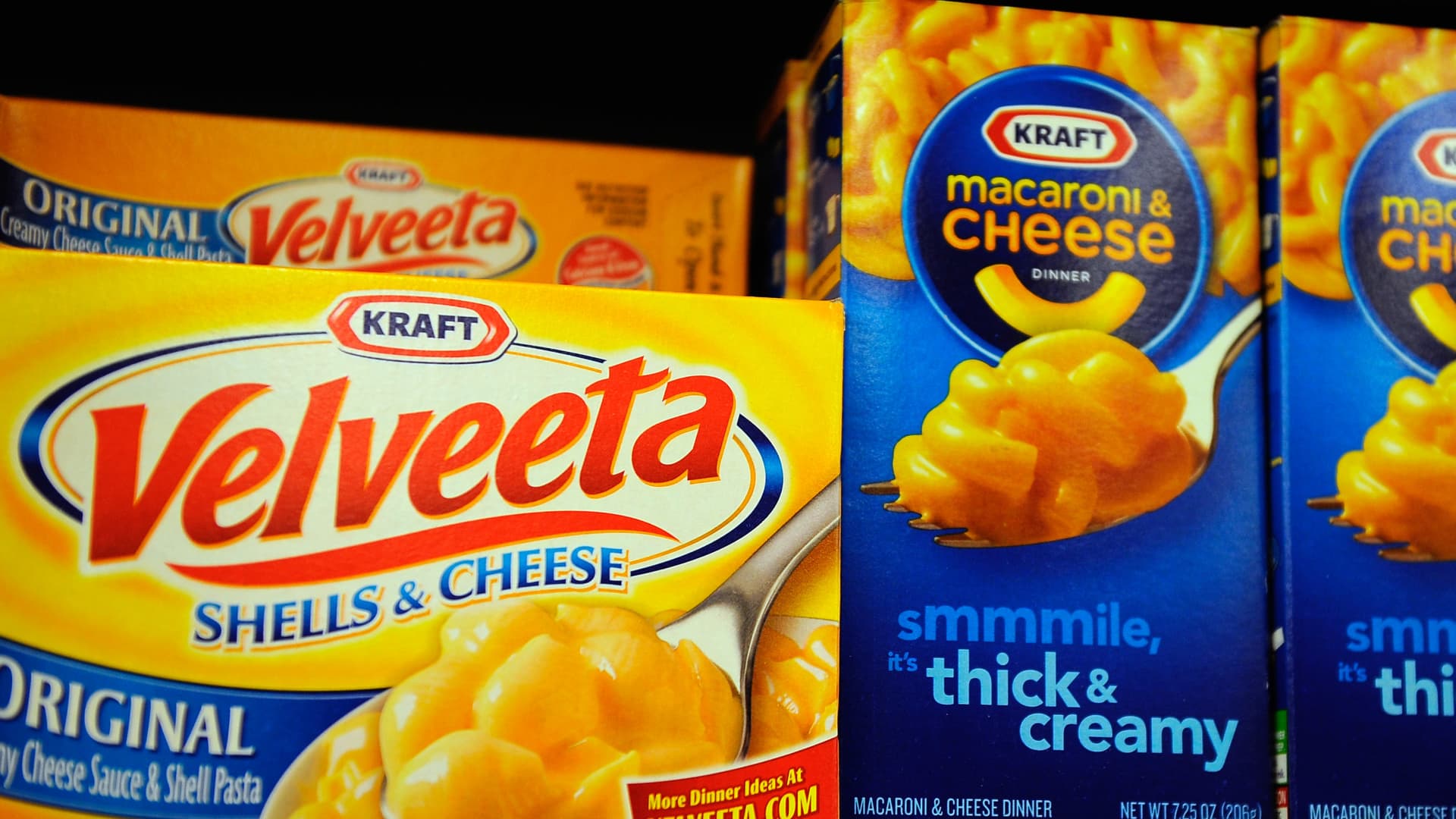US Markets
Friday, April 26th, 2024 4:18 pm EDT
Key Points
- In March, inflation persisted, with key indicators such as the personal consumption expenditures (PCE) price index showing elevated price pressures.
- The PCE price index excluding food and energy increased by 2.8% from a year ago, aligning with February’s figures and surpassing estimates, while the all-items PCE price gauge, including food and energy, rose by 2.7%.
- Despite these inflationary trends, consumer spending remained resilient, with personal spending rising by 0.8% on the month, indicating continued expenditure despite elevated price levels, while personal income increased by 0.5%.
In March, inflation persisted, with key indicators closely monitored by the Federal Reserve revealing ongoing price pressures. The personal consumption expenditures (PCE) price index, excluding food and energy, rose by 2.8% from a year earlier, consistent with February’s figures and surpassing the 2.7% estimate. Including food and energy, the all-items PCE price gauge increased by 2.7%, slightly above the anticipated 2.6%. Monthly increases of 0.3% were recorded for both measures, aligning with expectations and mirroring February’s increments. Despite the inflationary data, market reactions were relatively subdued, with Wall Street showing readiness for higher openings and Treasury yields declining. Futures traders indicated a slightly increased optimism regarding potential rate cuts this year. George Mateyo, Chief Investment Officer at Key Wealth, cautioned against assuming that inflation concerns have dissipated entirely, emphasizing the need for sustained weakness in the labor market to prompt rate adjustments from the Fed.
Consumer spending remained resilient, with personal spending rising by 0.8% on the month, slightly exceeding estimates and matching February’s levels. Personal income increased by 0.5%, in line with expectations and higher than the previous month’s increase. However, the personal saving rate declined to 3.2%, indicating households dipping into savings to support spending amid elevated price levels. The report, coupled with Thursday’s inflation data, suggests the Fed will likely maintain its current interest rate stance through at least the summer, barring substantial changes in economic indicators. With inflation still elevated after two years, the Fed is closely monitoring data as it considers future monetary policy decisions.
The Fed’s target inflation rate of 2% has been consistently exceeded by the core PCE for the past three years. This index is preferred by the Fed due to its adjustments for changes in consumer behavior and lesser emphasis on housing costs compared to other inflation measures. Notably, services prices increased by 0.4% on the month, while goods saw a modest 0.1% rise, marking a shift in consumer price dynamics since the early days of the Covid pandemic. Food prices experienced a slight decline of 0.1%, while energy prices rose by 1.2%. Over a 12-month period, services prices surged by 4%, whereas goods prices showed minimal movement, and food and energy prices registered moderate increases.
For the full original article on CNBC, please click here: https://www.cnbc.com/2024/04/26/pce-inflation-march-2024-key-fed-inflation-measure-rose-2point8percent.html




